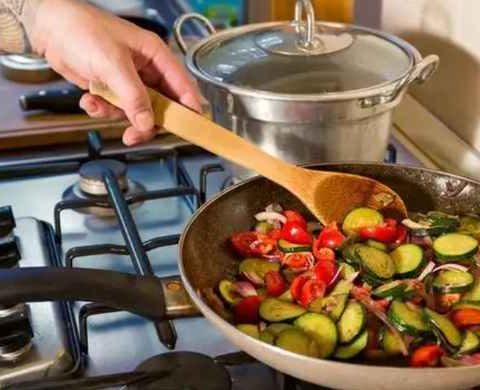What is noritake?
Noritake Co., Limited, commonly known as “Noritake,” is a renowned Japanese company specializing in tableware and ceramics. Here is an introduction to Noritake:
Overview
- Founded: 1904
- Headquarters: Nagoya, Aichi Prefecture, Japan
- Industry: Tableware, Ceramics, and Industrial Products
Noritake’s origins trace back to 1876 when Ichizaemon Morimura VI and his brother Toyo Morimura established Morimura Gumi, a trading company in New York. Initially, the company focused on selling Japanese antiques and other goods, including pottery. By the 1890s, the company had shifted from retail to wholesale operations and began improving the design of its pottery and porcelain ware12.
In 1904, key members of Morimura Gumi founded Nippon Toki Kaisha, Ltd. (the forerunner of Noritake Co., Limited) in Japan. The goal was to produce Western-style dinnerware for export. The first factory was built in Noritake, near Nagoya, and after years of research and development, the company succeeded in creating its first Western-style dinner set in 1914.
Noritake has continuously expanded its technological capabilities, particularly in ceramics manufacturing. The company has developed various techniques such as grinding, kneading, molding, firing, and printing. These technologies have been adapted for use in industrial products, including grinding wheels, diamond/CBN tools, and coated abrasives for various manufacturing fields.
Does noritake china contain lead?
Some Noritake dinnerware sets are lead-free, but others may contain lead. For example, a 2020 Facebook post claims that a Noritake Keltcraft Ireland 9171 Eastfair saucer with a floral pattern contained lead on the food surface.
Here are some key points to consider:
Historical Context:
Many pieces of Noritake china produced before the 1970s are likely to contain lead. This includes various patterns and designs that were popular during that time.
Lead Levels:
Specific examples show significant lead content. For instance, the Noritake Keltcraft Ireland 9171 Eastfair saucer has been reported to contain 36,600 ppm of lead on the food surface3. Another example is the Noritake “Dutch Tile” pattern, which contains more than 16% lead in the glaze.
Modern Production:
Noritake continues to produce chinaware in Nagoya, Japan. While older pieces are known to contain lead, it is advisable to have any vintage or antique Noritake china tested by qualified specialists to determine the lead content.
Lead-Free Options:
There are lead-free Noritake dinnerware sets available on the market today. These are specifically labeled and can be found through various retailers.
Recommendations
Testing: If you own Noritake china and are concerned about lead, consider having it tested by a professional using an XRF (X-ray fluorescence) instrument.
Usage: Avoid using older Noritake china for food consumption if it has not been tested for lead.
Purchasing: When buying new Noritake dinnerware, look for labels indicating that the products are lead-free.
By following these guidelines, you can better ensure the safety of your dinnerware.







